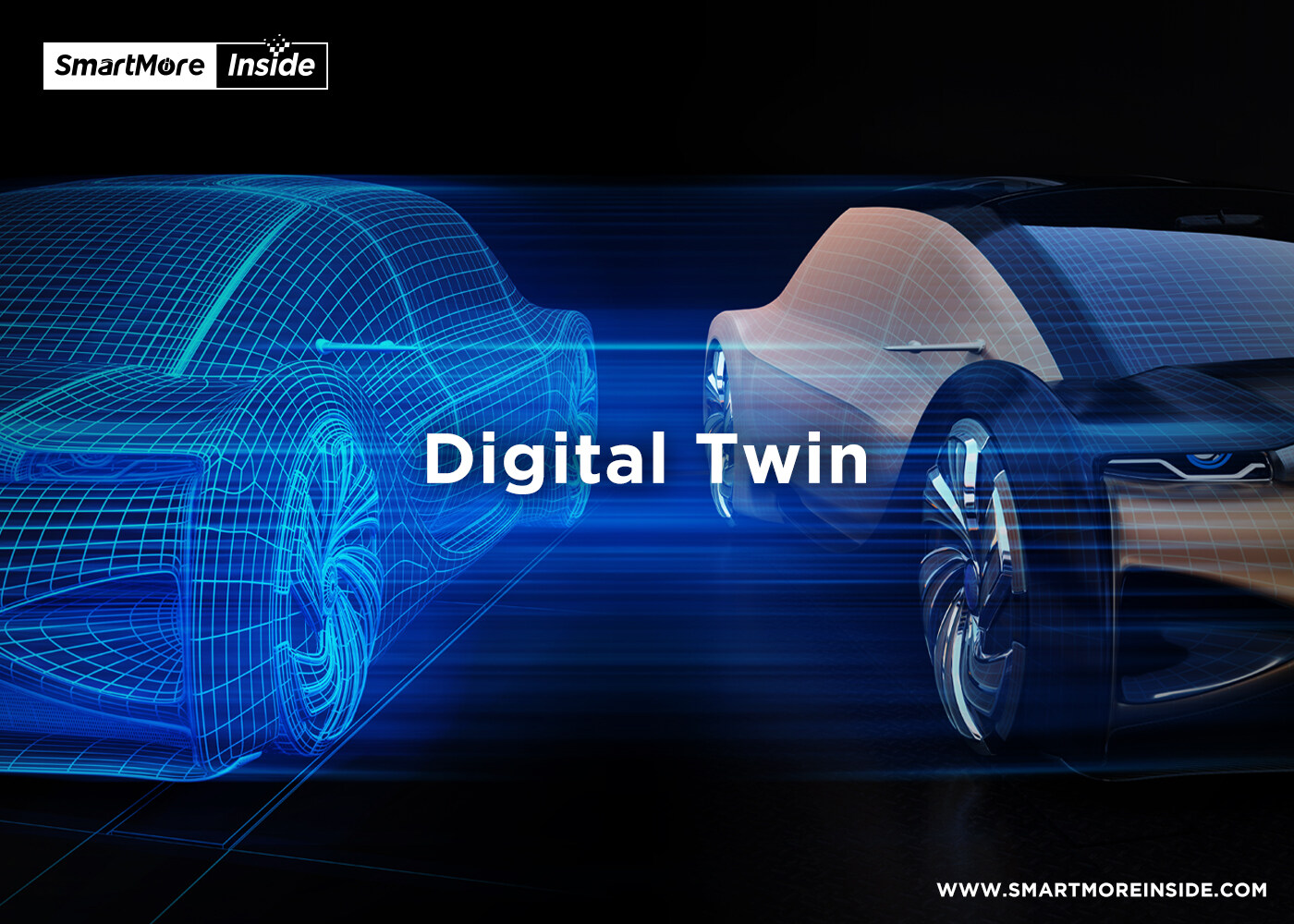

A digital twin is a virtual model that can reflect every aspect of the physical object and process in the virtual environment. Researchers can foresee and predict the actual performance of the physical object by running simulations of the digital copy. The virtual model can generate data about the outcome under various conditions, after the data has been relayed into the processing system, it starts to run simulations in the applicable scenarios. The goal of the whole process is to obtain valuable insights deriving from the virtual model’s performance, which can be applied back to the original physical object for further enhancement and instructions in what-if scenarios in the real world.

The idea of “digital twin” was first voiced out in 1991, and the first application was in the field of manufacturing and computer software in 2002, but the actual term— “digital twin” was introduced by a NASA astronaut during their space exploration mission in 2010.
This replication of digital twins makes it considerably richer for study, it also became more practical due to the rapid development of computing infrastructure and LoT sensors as well as better interoperability—the collaboration between the virtual world and the real world has been greatly improved. More enterprises have access to adopt digital twin capabilities to process simulations and evaluate scenarios, in a way they can design and refine products with abundant data before putting the prototype into the manufacturing line, which is a result, leading to better performance and less cost-prohibitive. The benefits don’t end here, the digital twins can also help with monitoring manufacturing processes so that operators know the real-time manufacturing efficiency.
The digital twin has been acquiring more skills and capabilities as greater power has been devoted to it, and due to what they can offer, numerous types of objects have deployed and benefited a lot, especially the complex ones, like turbines, aircraft, automobiles, and other complicated machinery and engines, the utilization of digital twin helped optimize the process and improve efficiency tremendously. The market potential of digital twins thus is limitless as the digital reinvention is happening across the industry—manufacturing operations, healthcare services, structure & systems, power-generation equipment, urban planning, etc. The demand has been continuing to increase and the market cap is estimated to grow to US$48.2 billion in value by 2026, according to MarketsandMarkets research.
Reference:
https://www.ibm.com/topics/what-is-a-digital-twin?mhsrc=ibmsearch_a&mhq=digital%20twin
Email format error
Email cannot be empty
Email already exists
6-20 characters(letters plus numbers only)
The password is inconsistent
Email format error
Email cannot be empty
Email does not exist
6-20 characters(letters plus numbers only)
The password is inconsistent